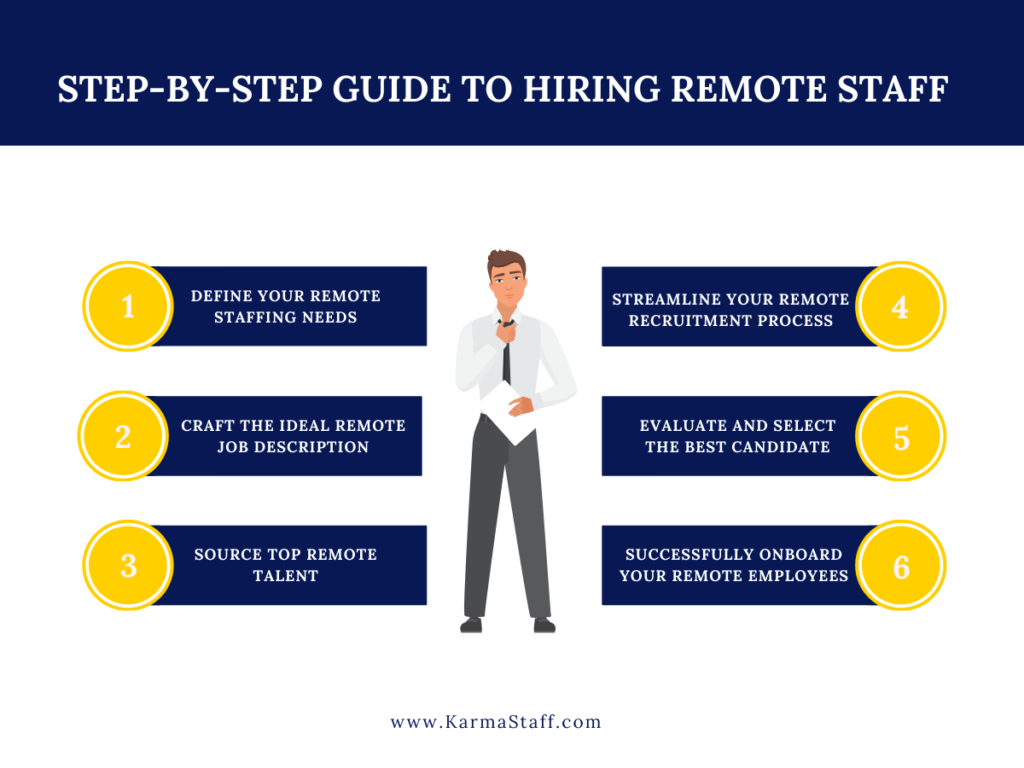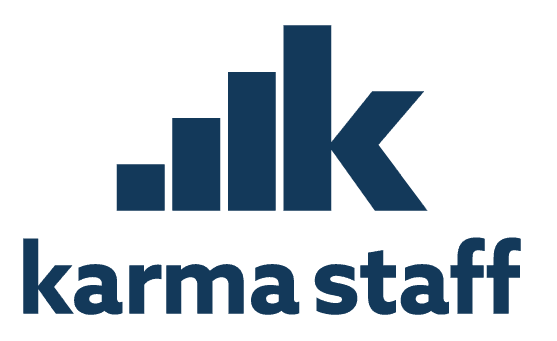The world of property restoration is evolving, and hiring remote staff can be a game-changer for your company. With the right remote team, you can streamline operations, enhance customer service, and access a broader talent pool. This guide outlines the steps to effectively hire remote staff for your property restoration business.
Embracing the Remote Work Revolution
The property restoration industry is no stranger to change and adaptation. With the growing trend of remote work, companies in this sector can benefit from hiring remote staff to handle various tasks, from administrative duties to customer support. By choosing to hire remote staff, you can tap into a diverse talent pool and improve operational efficiency. Effectively managing remote staff necessitates careful planning and the use of appropriate tools.
Why Hire Remote Staff for Property Restoration?
Before diving into the hiring process, let’s explore the key benefits of hiring remote staff for your property restoration company:
- Access to Global Talent: Employ a virtual team to access top talent from anywhere, enriching your team with diverse skills and perspectives.
- Cost Savings: Employ a remote workforce to lower expenses related to office space and equipment.
- Increased Flexibility: A virtual team can offer flexible working hours, ensuring your business remains responsive to client needs.
- Enhanced Productivity: Remote work environments often lead to higher productivity due to fewer distractions and a better work-life balance.
Step 1: Define Your Remote Staffing Needs
The initial step in hiring remote staff is to precisely identify your requirements. Determine the roles and tasks that can be performed remotely and identify the skills required for each position.
The initial step in hiring remote staff is to precisely identify your requirements. Determine the roles and tasks that can be performed remotely and identify the skills required for each position.
Questions to Consider:
- Which tasks are suitable for remote work in your company?
- What skills are essential for these roles?
- How will remote employees integrate with your existing team?
By answering these questions, you can create a detailed job description that attracts the right candidates when you decide to hire remote staff.
Step 2: Crafting the Perfect Remote Job Description
A well-crafted job description is key to drawing in qualified remote applicants. It should be clear, and concise, and highlight both the role’s responsibilities and the benefits of working remotely for your company.
Key Elements to Include:
- Role and Responsibilities: Outline the primary tasks and expectations for the position.
- Required Skills and Qualifications: Specify the technical and soft skills needed for success in the role.
- Company Culture: Explain your company’s values and how remote employees integrate into the team.
- Benefits and Perks: Highlight the advantages of working remotely, such as flexible hours and professional development opportunities.
Step 3: Sourcing Top Remote Talent
Identifying suitable candidates for remote positions involves knowing where to search. While traditional job boards may yield some candidates, consider platforms that specialize in remote jobs when you want to hire remote staff.
Top Platforms for Remote Hiring:
- FlexJobs: A job board dedicated to flexible and remote job opportunities.
- Remote.co: Offers resources and job listings for remote positions.
- LinkedIn: Leverage LinkedIn’s extensive network to identify prospective candidates.
- Indeed: Post remote job openings and use their advanced search features to filter candidates.
Step 4: Streamlining Your Remote Recruitment Process
The recruitment process to hire remote staff involves unique challenges, but with the right tools and strategies, you can navigate it successfully.
How to Conduct Virtual Interviews Effectively:
- Use Reliable Technology: Choose a stable video conferencing tool like Zoom or Microsoft Teams.
- Prepare Thoroughly: Have a list of questions ready and test your technology beforehand.
- Evaluate Communication Skills: Assess the candidate’s ability to communicate clearly in a virtual setting.
Tools and Software for Remote Recruitment:
- Applicant Tracking Systems (ATS): Streamline the hiring process with tools like Greenhouse or Workable.
- Assessment Platforms: Use platforms like HireVue for video interviews or CCAT for analytical assessments.
Step 5: Evaluate and Select the Right Fit
Selecting the right remote employees involves more than just assessing skills. Cultural fit and the ability to work independently are critical factors in remote work success when you hire remote staff. Additionally, managing remote staff effectively means ensuring that candidates can adapt to a virtual work environment.
Assessing Cultural Fit:
- Conduct Behavioral Interviews: Ask questions that reveal how candidates handle remote work challenges.
- Use Personality Tests: Consider tools like the DISC assessment to gauge compatibility with your team.
Techniques for Making Data-Driven Decisions:
- Skill Assessments: Use practical tests to evaluate candidates’ capabilities.
- Reference Checks: Verify the candidate’s work history and performance through references.
Step 6: Onboarding Your Remote Employees Successfully
A seamless onboarding experience sets the tone for a positive remote work relationship. Ensure your new hires feel welcomed and equipped to succeed when you hire remote staff.
Key Factors for a Successful Remote Onboarding Process:
- Welcome Package: Send a welcome kit with essential information and tools.
- Virtual Orientation: Organize an online meeting to familiarize new employees with the team and company culture.
- Regular Check-Ins: Schedule frequent check-ins during the first few weeks to address any concerns and provide support. Managing remote staff effectively during the onboarding phase is crucial for long-term success.
Onboarding Checklist for Remote Staff:
- Provide access to necessary tools and software.
- Share company policies and guidelines.
- Assign a mentor or buddy for support.

Overcoming Challenges in Remote Hiring
Although remote hiring has many advantages, it also presents certain challenges. Here are some common obstacles and solutions to consider when you hire remote staff:
Communication and Technology Barriers:
- Solution: Implement communication tools like Slack or Microsoft Teams and encourage regular video meetings. Effectively managing remote staff necessitates setting up clear communication pathways.
Time Zone Differences:
- Solution: Use scheduling tools to find overlapping work hours and plan meetings accordingly.
Legal and Compliance Considerations:
- Solution: Consult with legal experts to navigate cross-border employment laws and ensure compliance when you hire remote staff.
Karma Staff: A Remote Staffing Success Story
Karma Staff is a remote staffing solutions company operating entirely from India, specializing in providing remote services to property restoration companies in the USA. Over the years, Karma Staff has experienced significant growth, expanding both in the number of employees and clients.
By leveraging a fully remote model, Karma Staff has tapped into a global talent pool, offering flexible and cost-effective staffing solutions to its clients. This approach has allowed Karma Staff to deliver high-quality services, contributing to its reputation as a reliable partner for property restoration companies seeking remote expertise.
Conclusion
Hiring remote staff is a powerful way to build a diverse and talented team. By following this step-by-step guide, you can overcome challenges and create a successful remote work environment. Embrace the remote revolution and unlock the potential of a global workforce. Managing remote staff effectively will be key to your success.
Are you ready to hire remote staff and transform your business? Start implementing these steps today and share your experiences with us!







